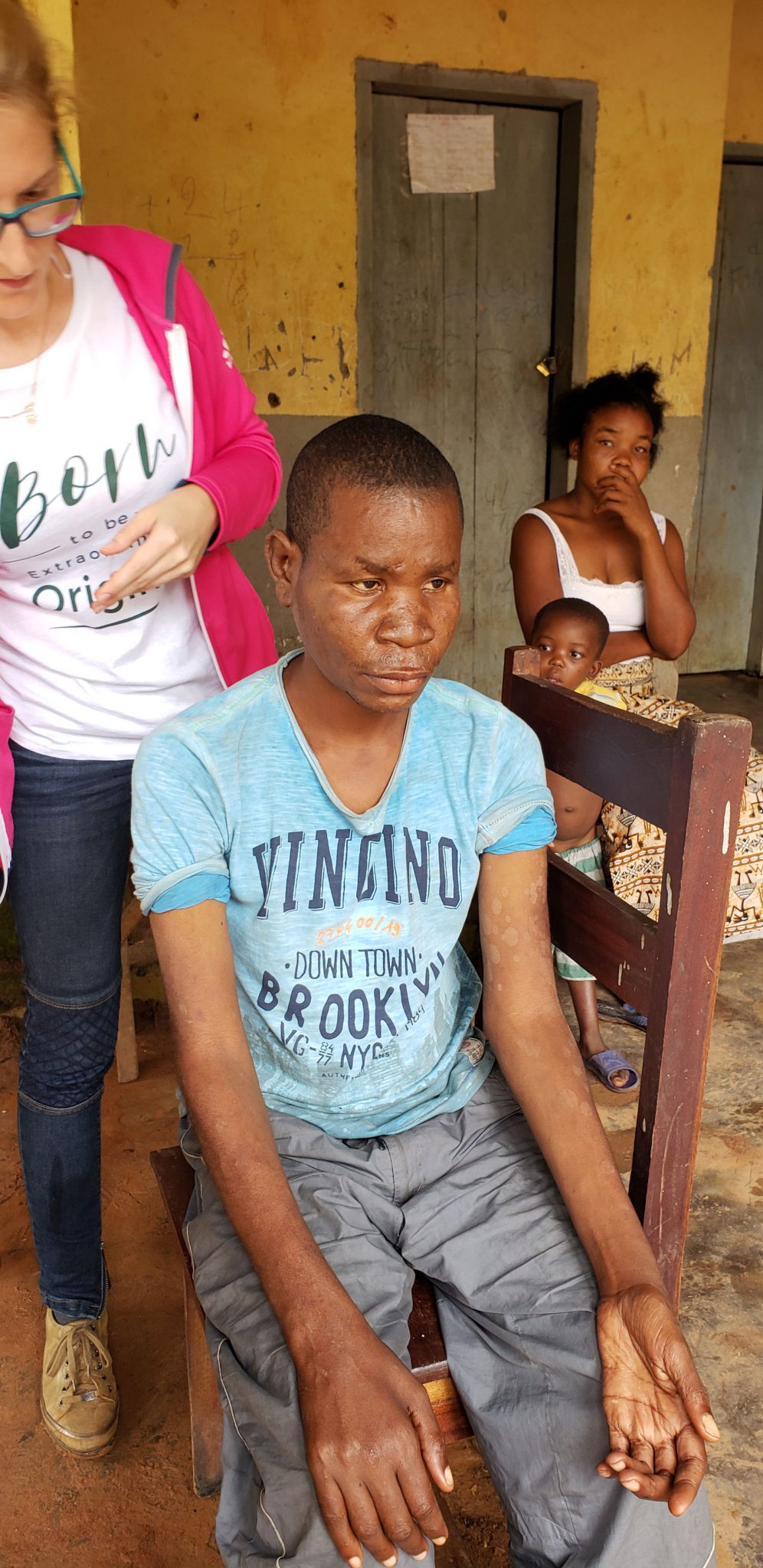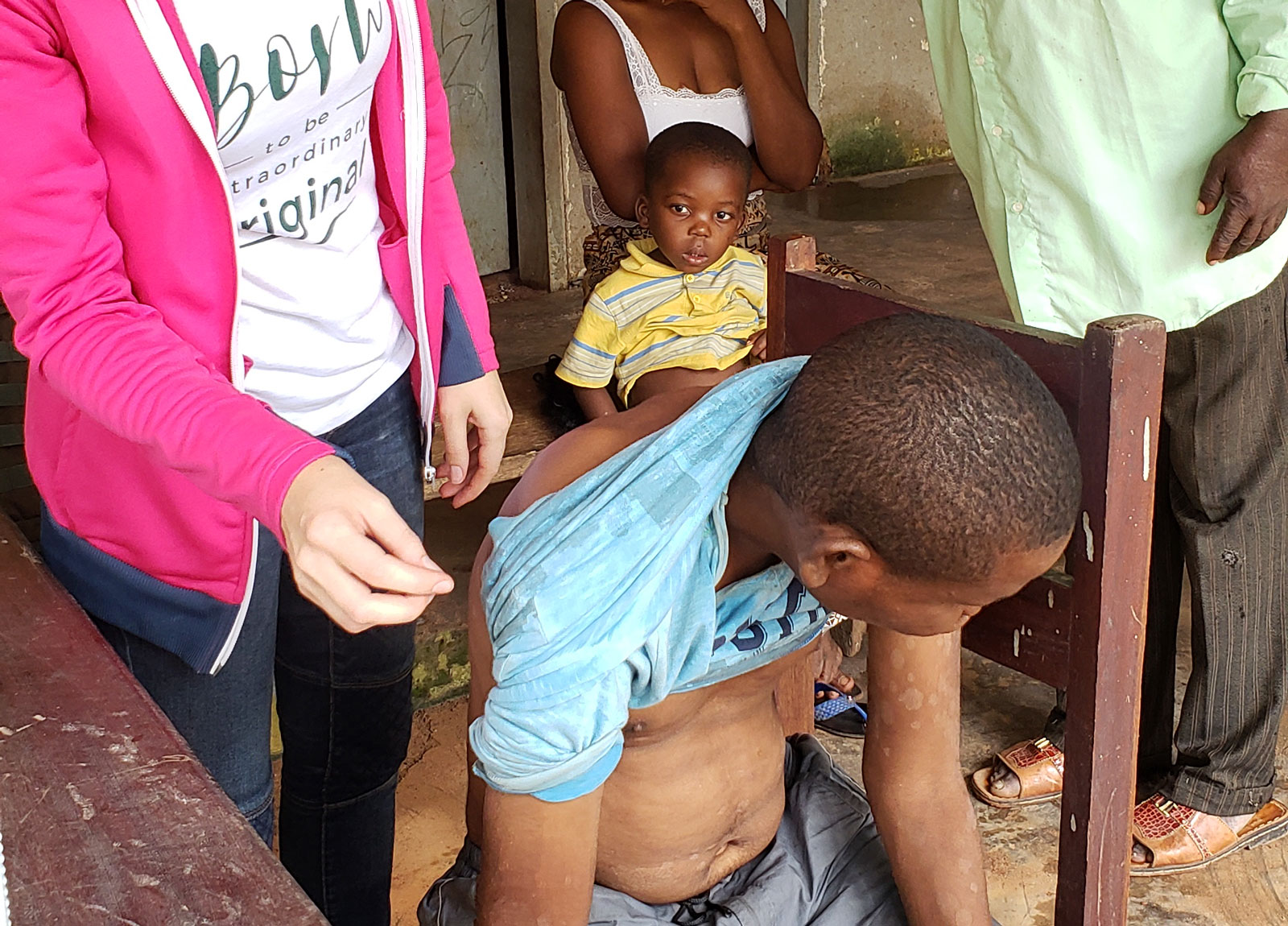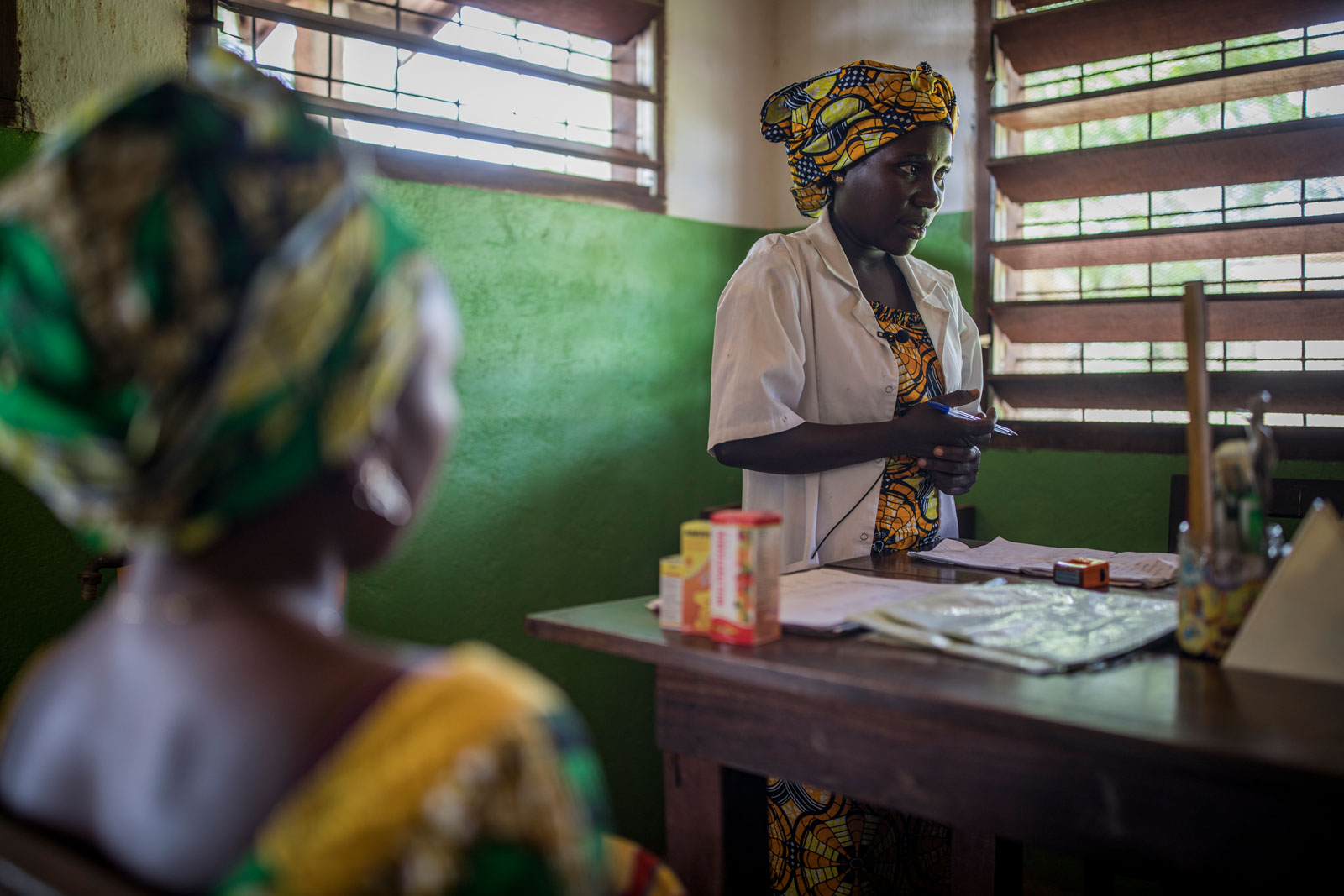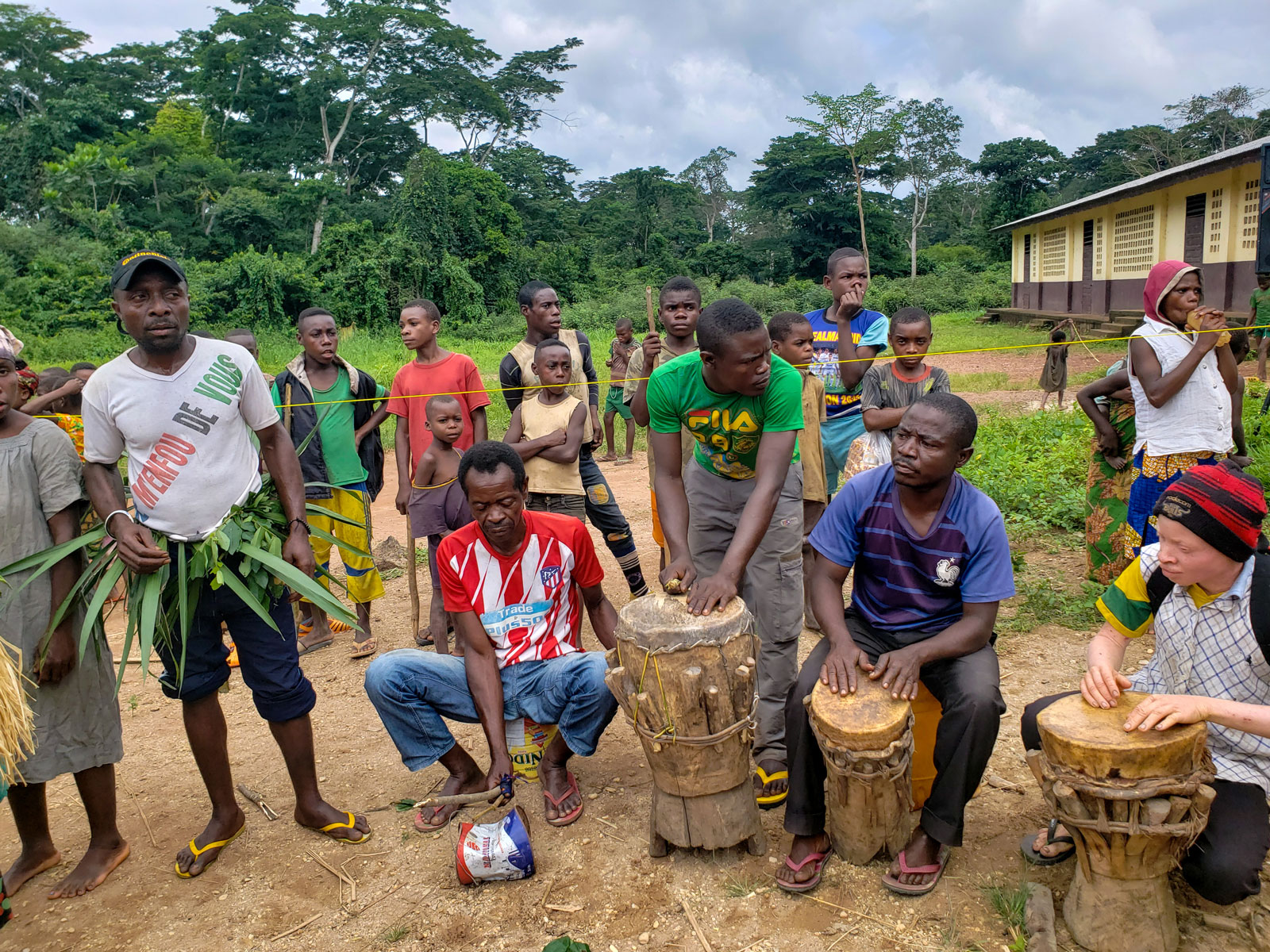
The patients were immediately treated with the support of WWF. Today in November, we are delighted to announce that the treatments are working well and patients are recovering.
Edmond, who was one of the first cases detected, testifies
»My case was serious! Now I’m fine and I about to finish my treatment. The Doctor had advised me to take the product regularly and that’s what saved my life.
The advice I can give to other lepers is to go to the hospital to see the doctor for care and respect the doctor’s advice. This disease can become serious and is very common among us BAAKA. One of my brothers in the community lost his fingers because he did not follow the treatment recommended by the doctor.
I would like to see more sensitization done in the prevention of this disease. My brothers and sisters should be encouraged to follow certain basic hygiene standards in order to avoid not only leprosy, but also other skin diseases due to lack of cleanliness.«

Leprosy is also known as Hansen’s disease (HD). It is a long-term infection by the bacteria Mycobacterium leprae or Mycobacterium lepromatosis. Initially, a person who is infected does not have symptoms and can remain this way for 5 to 20 years. However, if not treated well and soon enough, the infection can lead to damage of the nerves respiratory tracts, skin and eyes.

